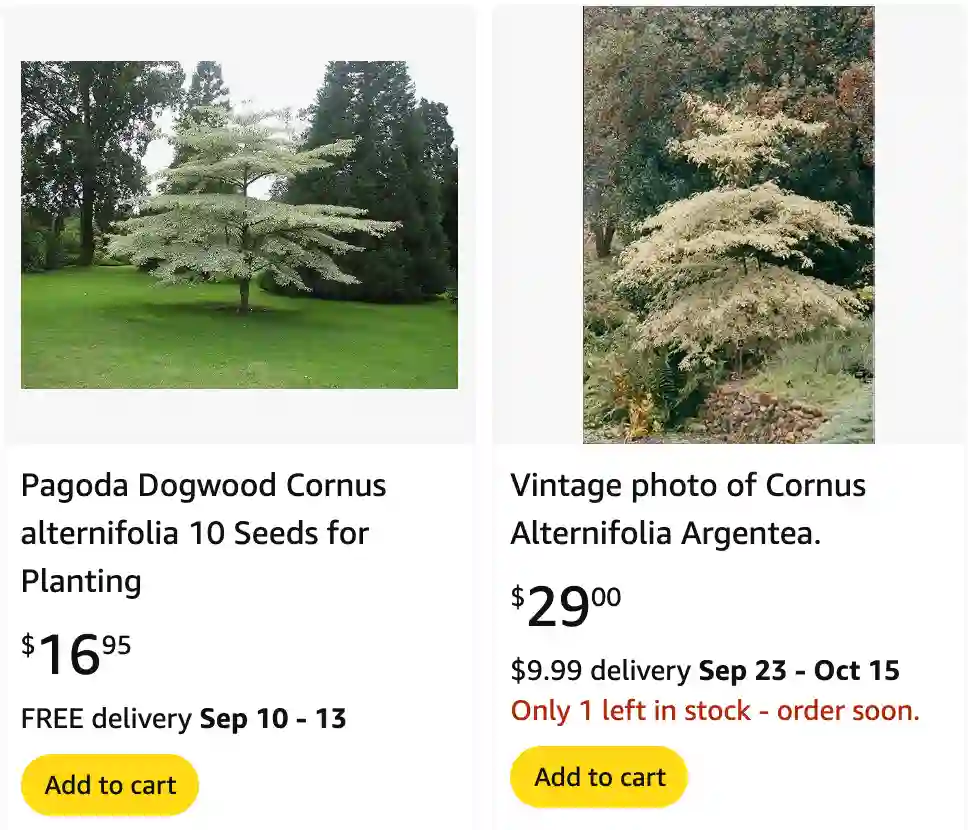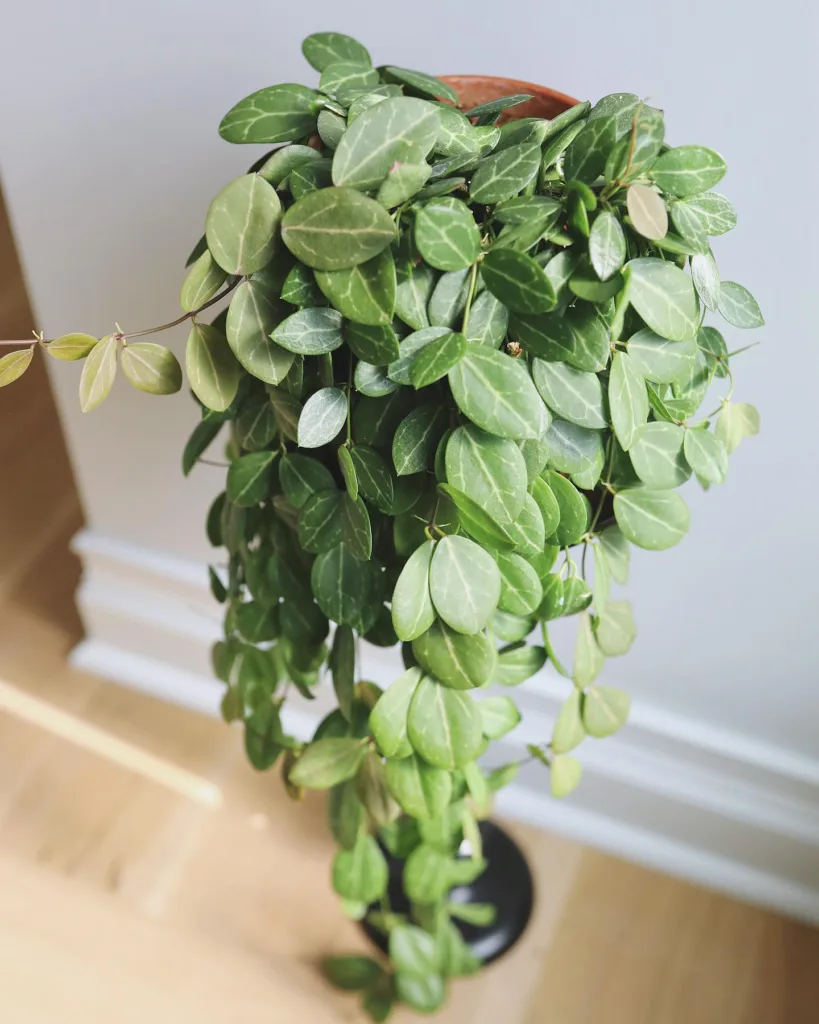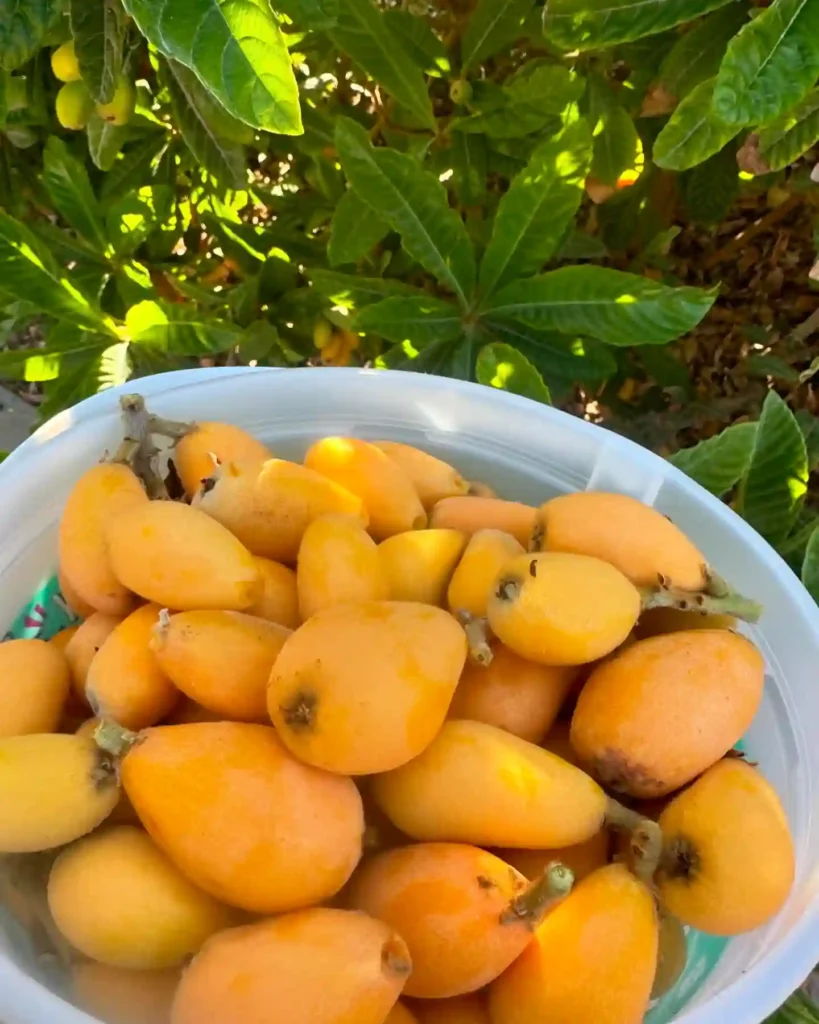
FAQs About Cornus Alternifolia
As a plant enthusiast, I’ve had the pleasure of growing and learning about many different species. One that stands out due to its unique structure and beauty is Cornus Alternifolia, also known as the Pagoda Dogwood. Here, I’ll address some frequently asked questions about this fascinating plant, from care tips to comparisons with other species.
56 Species in Genus Cornus – Dogwood
What is Cornus Alternifolia?
Cornus Alternifolia, commonly referred to as Pagoda Dogwood, is a deciduous shrub or small tree native to North America. It gets its name from its distinctive horizontal branching pattern, which gives it a tiered appearance, reminiscent of a pagoda. This plant is known for its fragrant white flowers that bloom in late spring, followed by blue-black berries in the summer, which attract birds. In the fall, its leaves turn a vibrant shade of red or purple, adding seasonal interest to any garden.
How to Care for Cornus Alternifolia?
Caring for Cornus Alternifolia is relatively straightforward. It thrives in well-drained, slightly acidic soil and prefers partial shade, although it can tolerate full sun in cooler climates. Consistent watering is key, especially during dry periods, to keep the soil moist but not waterlogged. Mulching around the base helps retain moisture and regulate soil temperature. Fertilizing once a year in the spring with a balanced, slow-release fertilizer will provide the nutrients it needs to flourish.
When to Prune Cornus Alternifolia?
Pruning Cornus Alternifolia is an essential part of its maintenance to encourage healthy growth and maintain its attractive shape. The best time to prune is in late winter or early spring, just before new growth begins. This timing allows you to remove any dead or diseased wood and shape the tree without disrupting its blooming cycle. It’s also a good time to thin out any overcrowded branches to improve air circulation, which helps prevent diseases.
How to Propagate Cornus Alternifolia?
Propagating Cornus Alternifolia can be done through both seed and cuttings, though cuttings are more common due to the plant’s slow growth from seed. To propagate from cuttings, take softwood cuttings in early summer. These should be about 4-6 inches long with at least two sets of leaves. Remove the lower leaves, dip the cut end in rooting hormone, and plant it in a well-draining soil mix. Keep the cuttings moist and in a shaded area until they establish roots, which can take several weeks.
Can You Grow Cornus Alternifolia Indoors?
While Cornus Alternifolia is primarily an outdoor plant due to its size and light requirements, it can technically be grown indoors if given the right conditions. It would need a large pot, well-draining soil, and a location that receives plenty of natural light, such as near a south-facing window. However, it is worth noting that it will not thrive as well indoors as it does outside. Indoor growing can restrict its natural growth pattern and affect its overall health.
Is Cornus Alternifolia Toxic?
Cornus Alternifolia is not known to be toxic to humans or pets. The berries it produces are generally considered safe for birds and wildlife to consume. However, as with any plant, it is advisable to prevent pets or children from ingesting large quantities of any part of the plant to avoid potential digestive upset.
Common Problems with Cornus Alternifolia
Like any plant, Cornus Alternifolia can face several common problems. These include powdery mildew, leaf spot, and canker, which are more likely to occur in humid conditions or if the plant is overwatered. Ensuring good air circulation, avoiding overhead watering, and keeping the plant healthy through proper care can minimize these issues. Regular inspection and prompt treatment with fungicides can help manage any outbreaks.
Cornus Alternifolia vs. Buckthorn
Cornus Alternifolia and Buckthorn are two different types of plants that are often compared due to their similar uses in landscaping as hedges or small trees. However, they have significant differences. Cornus Alternifolia is favored for its ornamental qualities, such as its layered branching structure and attractive flowers and berries. In contrast, Buckthorn is often considered invasive in many regions and lacks the ornamental appeal of Cornus Alternifolia. Additionally, Buckthorn can crowd out native plants and disrupt local ecosystems, making Cornus Alternifolia a more environmentally friendly choice.
What to Plant with Cornus Alternifolia?
Cornus Alternifolia pairs well with a variety of shade-loving plants. Consider underplanting it with hostas, ferns, and astilbes to create a lush, layered garden. These plants complement the Pagoda Dogwood’s tiered structure and provide a mix of textures and colors. Planting alongside other native shrubs and trees can also create a natural, wildlife-friendly garden that attracts birds and pollinators.
Benefits of Growing Cornus Alternifolia
Growing Cornus Alternifolia comes with several benefits. Its unique structure adds architectural interest to any landscape. The fragrant flowers and berries attract birds, making it a great choice for wildlife gardens. Additionally, it is relatively low-maintenance once established and can thrive in a variety of soil types. Its seasonal interest, with flowers in spring, berries in summer, and colorful foliage in fall, ensures that it provides beauty year-round.
Final Thoughts
Cornus Alternifolia is a versatile and beautiful plant that can enhance any garden. Whether you’re drawn to its unique structure, its seasonal beauty, or its ability to attract wildlife, it’s a plant that offers a lot of benefits with relatively little effort. By understanding its care requirements and how to manage common issues, you can enjoy the beauty of Pagoda Dogwood for many years.
If i die, water my plants!



